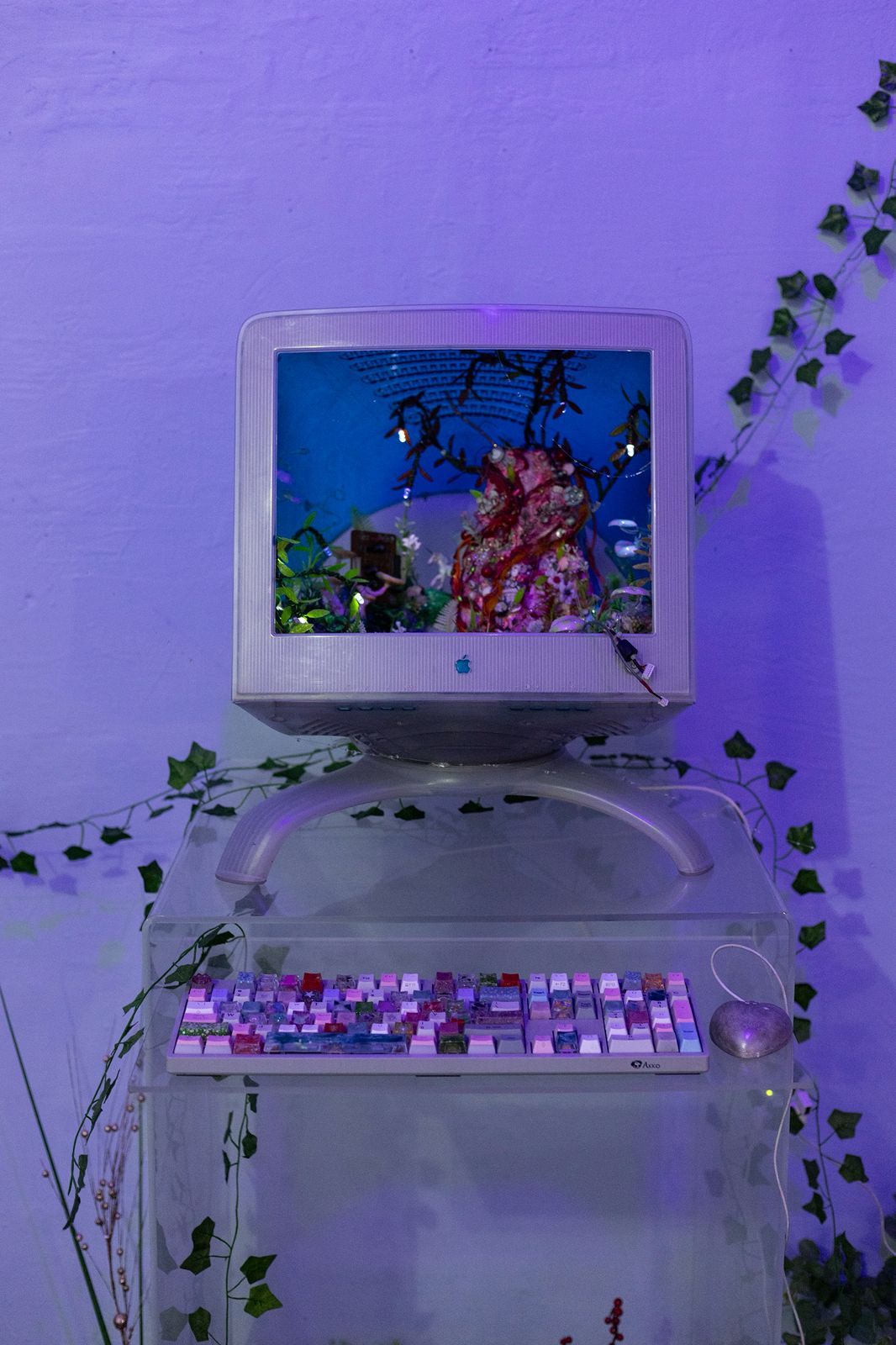
SOFTHARDWARE – MERCADO GRIS GALLERY, SANTIAGO, CHILE
TECHNICAL REPORT – SYSTEM DIAGNOSTIC SERVICE
Serial No.: 006.6666-D
Analyzed Unit: User with shared operating system (physical–digital)
Report Date: 31-07-2025
Assigned Technician: Ayelén Ruiz
General Diagnosis:
It is observed that the user operates under a hybrid system, distributed between physical and digital environments. Constant interaction with video games and virtual platforms has generated an expanded logic of operation, not accounted for by traditional models of experience.
The unit shows stable functioning, although in continuous tension with physical structures that were not designed for this type of use.
Hardware
Status: Compatible but not adapted
The technological structure used by the unit (computers, consoles, devices) reflects historically masculinized aesthetics and configurations.
Friction is observed between the system's sensitivity and the functional coldness of the physical environment (rigid materials, minimalist aesthetics, exclusive logics). The user "hacks" the original design of the devices, transforming them to create a personal experience.
The unit proposes the hypothesis of alternative hardware: affective, inclusive, sensitive.
Software
Status: Personalized / Intensely inhabited environment
The user spends a significant amount of time operating in digital environments (mainly video games), performing activities not experienced in their material life (e.g., fishing, sailing, territorial exploration).
Memories, affections, and emotional experiences are detected exclusively in the virtual realm but intertwined with the "real."
Digital worlds are recognized as legitimate units of space for existence and memory.
Interface
External perception of the system
The external environment (users not connected to digital spaces) does not interpret these experiences as valid or real.
The user reports feelings of partial isolation and lack of communication: they inhabit spaces that others do not see, value, or outright deny, yet which hold significant non-physical existence.
The exhibition functions as a crossing of the "real" and the "digital," two worlds coexisting through erte.
Status: Operational between planes
The system functions simultaneously between digital and physical realms, with no hierarchy between them.
A cyclical identity is evident: the user constantly moves between worlds, without this implying evasion or escape.
The question arises: if digital bodies experience complete realities, why are they not acknowledged as valuable?
Additional Observations:
Tensions are detected between the visible and invisible, the tangible and symbolic, the legitimized and ignored.
The user operates in a "cyborg mode" (see ref. Haraway), combining external hardware with subjective software.
The exhibition proposes an act of reappropriation, where the artist examines how things are made in the world of computing and how to coexist between the "digital" and what we usually call the "real."
Haraway, Donna. Cyborg Manifesto: Science, Technology, and Socialist-Feminism at the End of the 20th Century. In Simians, Cyborgs, and Women: The Reinvention of Nature. Madrid: Cátedra, 1995.
The author proposes the cyborg as a figure that subverts the boundaries between human and machine, blurring the lines between real and virtual, corporeal and coded. This exhibition can be read as an exercise in opening up that hybrid machine we are, to reveal what is usually hidden: affections, languages, worlds inhabited simultaneously.